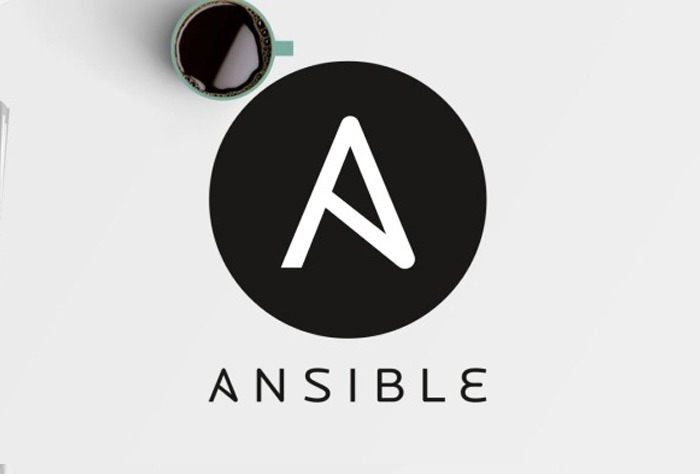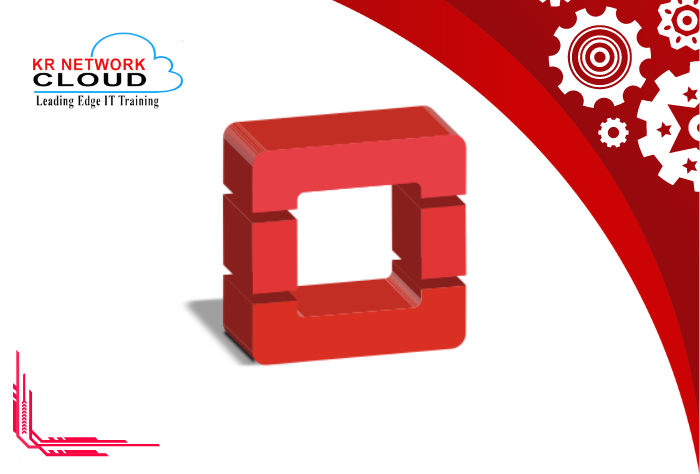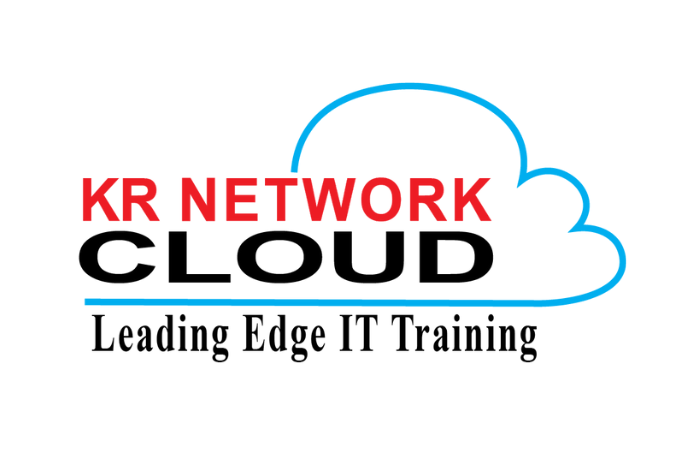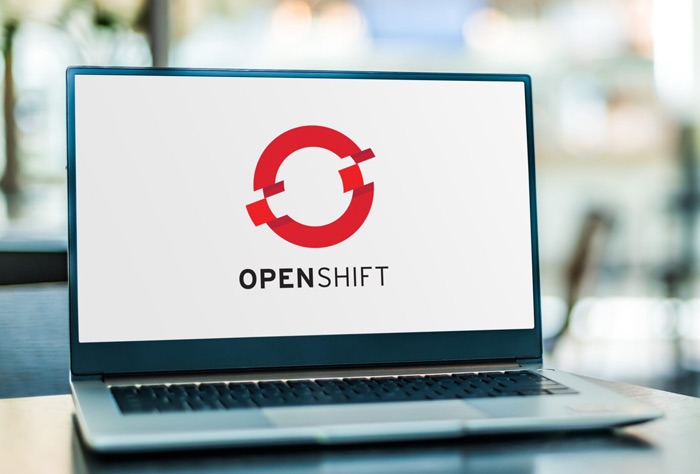What is Ansible in Devops?

- KR NETWORK CLOUD
- January 30, 2020
In case you’re in IT, you catch wind of Ansible increasingly more recently. CIO considers it the DevOps “sweetheart” for programming robotization, including that Ansible “has appeared unexpectedly to be the No. 1 decision for programming robotization in numerous associations.” StackShare records in excess of 1,000 organizations that utilization Ansible, including Intel, Evernote, and Hootsuite, and the Ansible blog says Apple and NASA have embraced it too. So what precisely is Ansible, and why has it picked up prominence so rapidly? We’ll dive into that here, and we’ll likewise disclose to you somewhat regarding why Ansible and Docker work so well together, and how to utilize Ansible in Docker. You’ll get a look at why the Ansible-Docker blend is so amazing. How about we begin!
Ansible is an open-source mechanization device, or stage, utilized for IT undertakings, for example, design the executives, application arrangement, intraservice coordination, and provisioning. Computerization is critical nowadays, with IT conditions that are excessively perplexing and frequently need to scale too rapidly for framework overseers and designers to keep up on the off chance that they needed to do everything physically. Robotization disentangles complex assignments, making engineers’ employments increasingly reasonable as well as enabling them to concentrate consideration on different errands that enhance an association. At the end of the day, it saves time and builds productivity. What’s more, Ansible, as noted above, is quickly ascending to the top in the realm of mechanization devices. How about we take a gander at a portion of the purposes behind Ansible’s fame.
Points of interest of Ansible Free: Ansible is an open-source instrument. Extremely easy to set up and use: No exceptional coding abilities are important to utilize Ansible’s playbooks (more on playbooks later). Incredible: Ansible lets you model even profoundly complex IT work processes. Adaptable: You can arrange the whole application condition regardless of where it’s conveyed. You can likewise alter it dependent on your needs. Agentless: You don’t have to introduce some other programming or firewall ports on the customer frameworks you need to computerize. You likewise don’t need to set up a different administration structure. Productive: Because you don’t have to introduce any additional product, there’s more space for application assets on your server. Ansible’s Features and Capabilities Setup Management Ansible is intended to be extremely straightforward, solid, and steady for design the board. In case you’re as of now in IT, you can get going with it rapidly. Ansible setups are basic information portrayals of foundation and are both meaningful by people and parsable by machines. All you have to begin overseeing frameworks is a secret phrase or a SSH (Secure Socket Shell, a system convention) key. A case of how simple Ansible makes design the executives: If you need to introduce a refreshed variant of a particular kind of programming on every one of the machines in your endeavor, you should simply work out all the IP locations of the hubs (additionally called remote has) and compose an Ansible playbook to introduce it on every one of the hubs, at that point run the playbook from your control machine.






